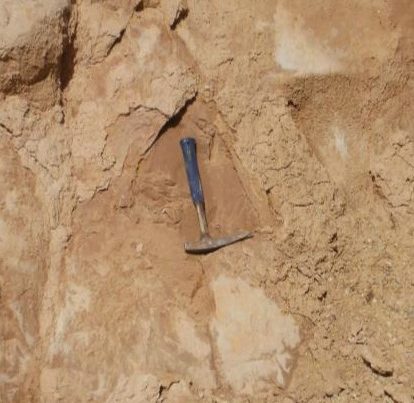By Christopoulou, E., Laskaris, N. and Ganetsos, T.
ABSTRACT
Since the late 12th century the Ionian Islands had passed gradually from Byzantine rule to the sphere of in-fluence of Venice. During this long-lasting period, the Ionian Islands became a crossroad of art influenced by both the Eastern and Western styles of religious painting. Additionally, the special characteristics of the “Cretan School” of religious painting had already shaped in 16th c. and under the influence of Venice‟s art transformed into the „Creto-Venetial style”. As a result, painters of Greek-Orthodox religious painting worked either in the maniera greca, maniera italiana or in a combination of both styles. Several painters of Cretan Origin travelled from Crete up to Venice and through the Ionian Islands for working (e.g. Theodoros Poulakis, Emmanuel Tzanes) or permanent residency (e.g. Stephanos Tzankarolas, Leon Moskos). This study is focused on two icons of painter Theodoros Poulakis (mid 17th c), kept at the ecclesiastical mu-seum of Kefalonia. Non-destructive analyses with pXRF and portable Raman were carried out in order to identify the pigments used by the artist and therefore to reconstruct his colour pallet. Vermilion and Red Lead for the orange and red colours, lead for white, natural Azurite for blue and nature Malachite for Green are reported.
![]()



